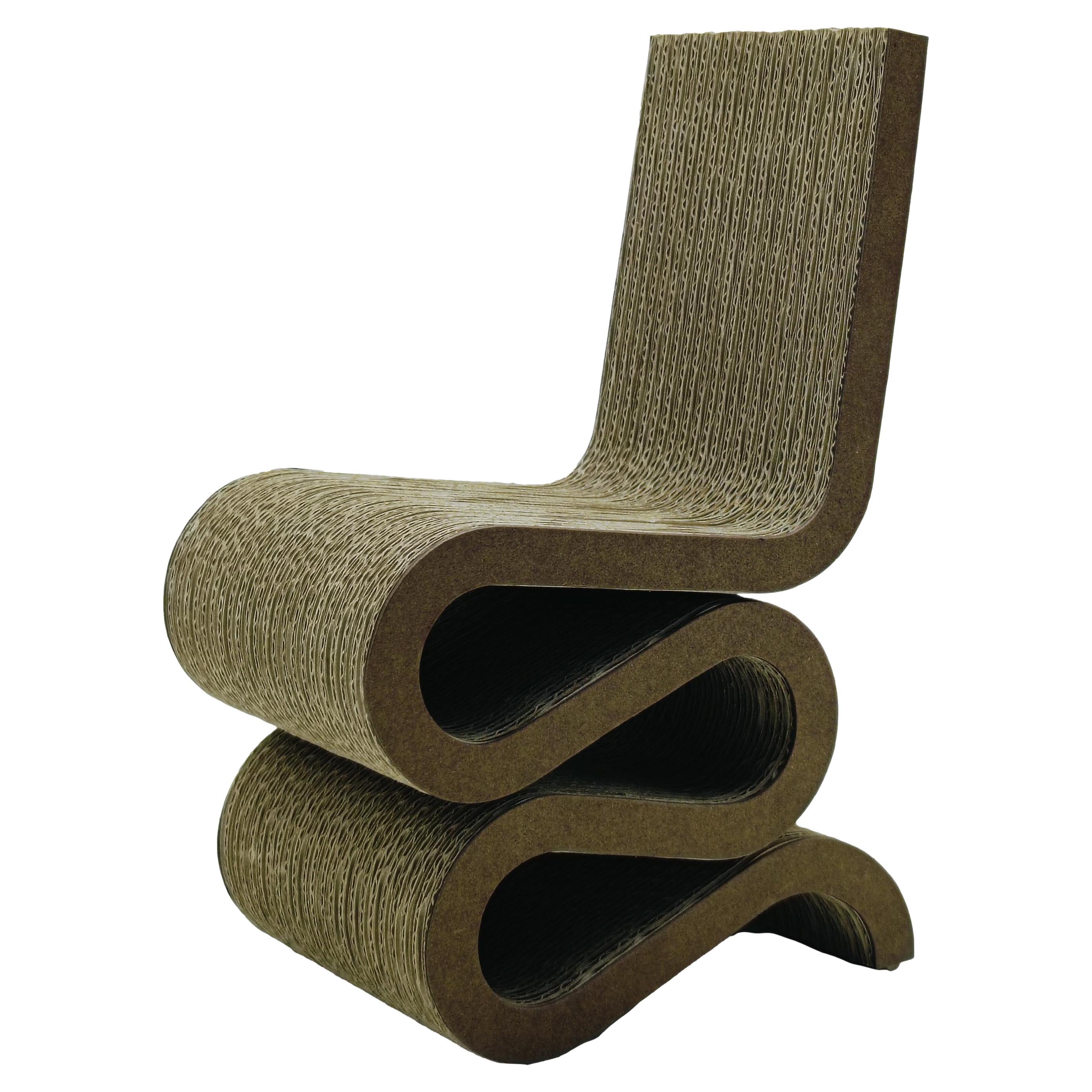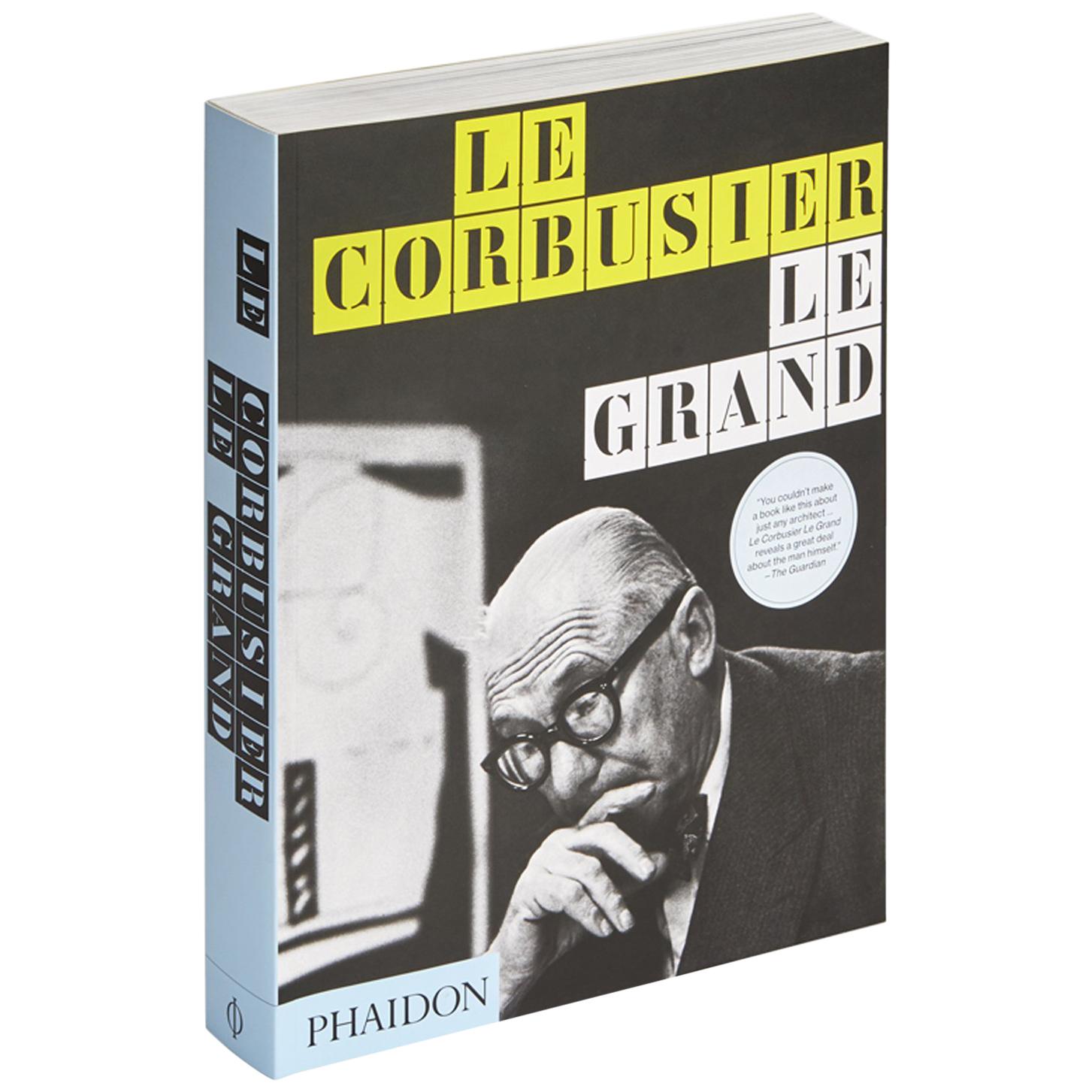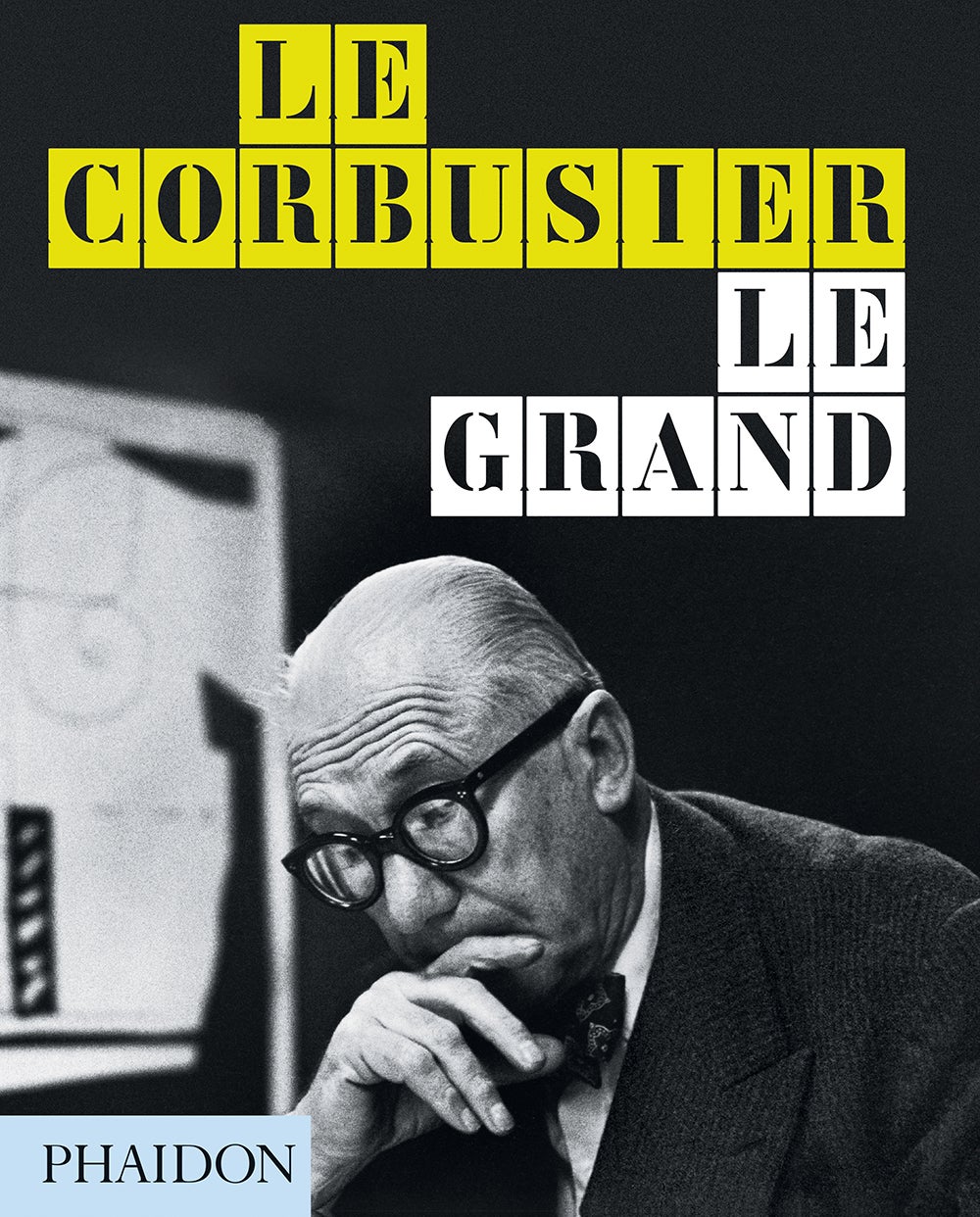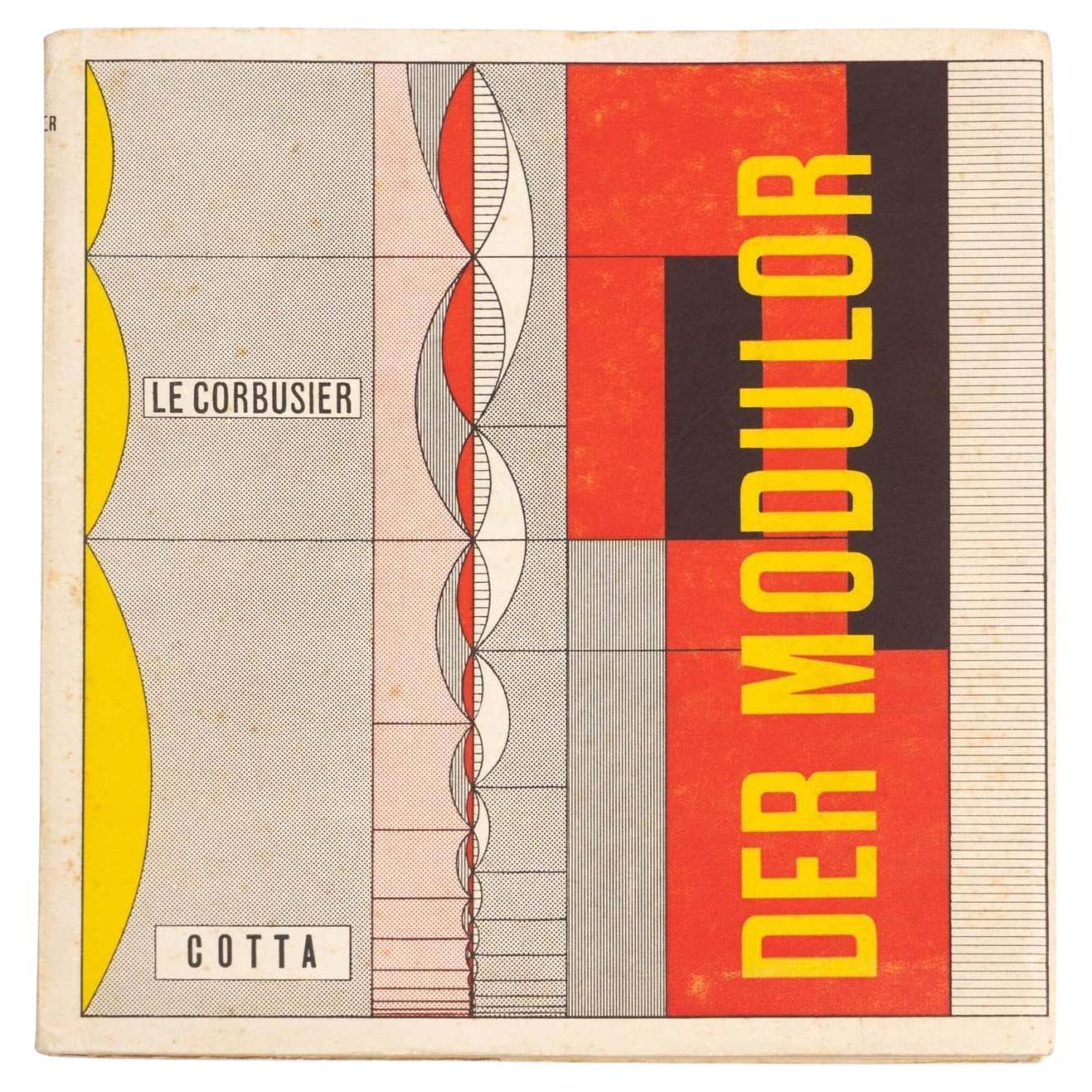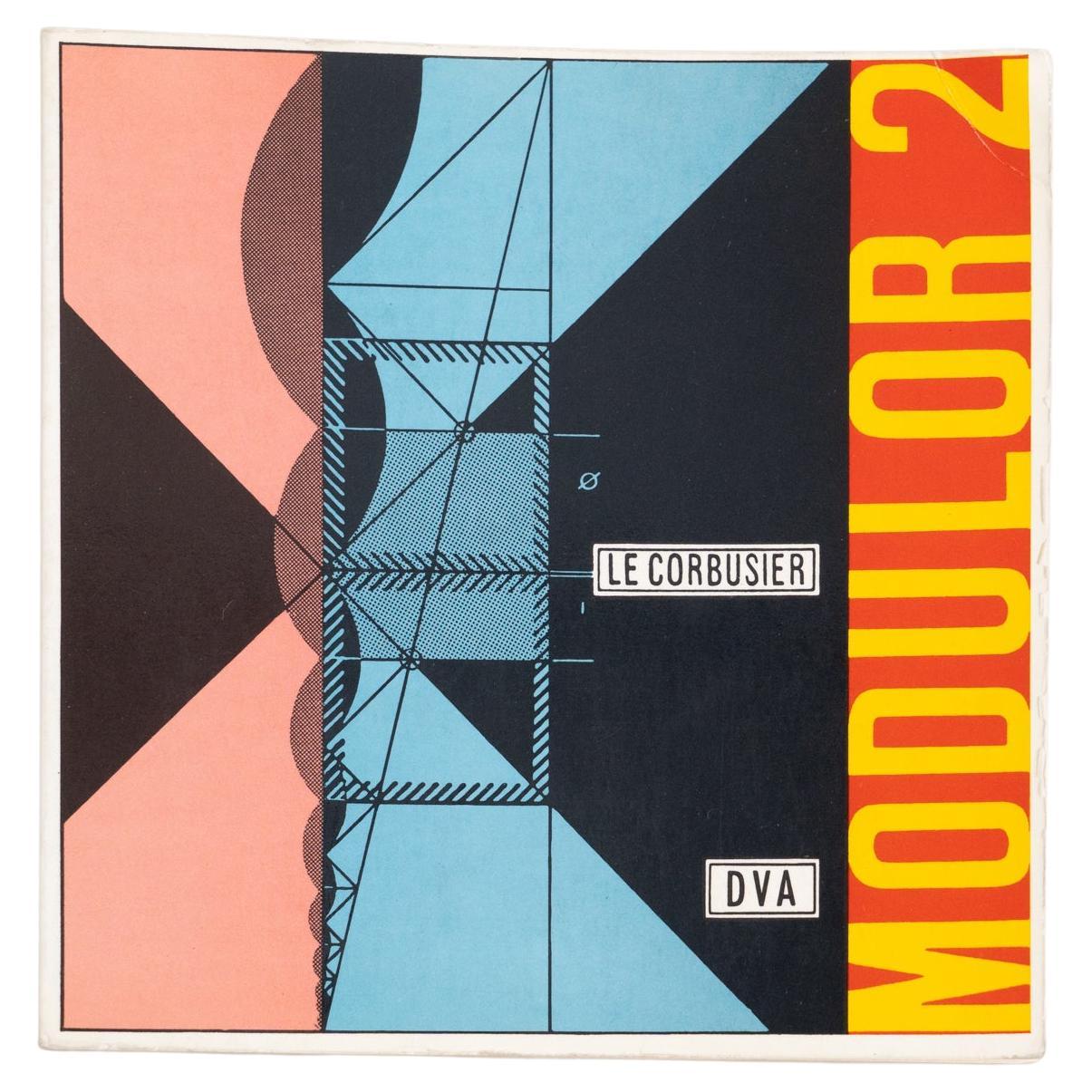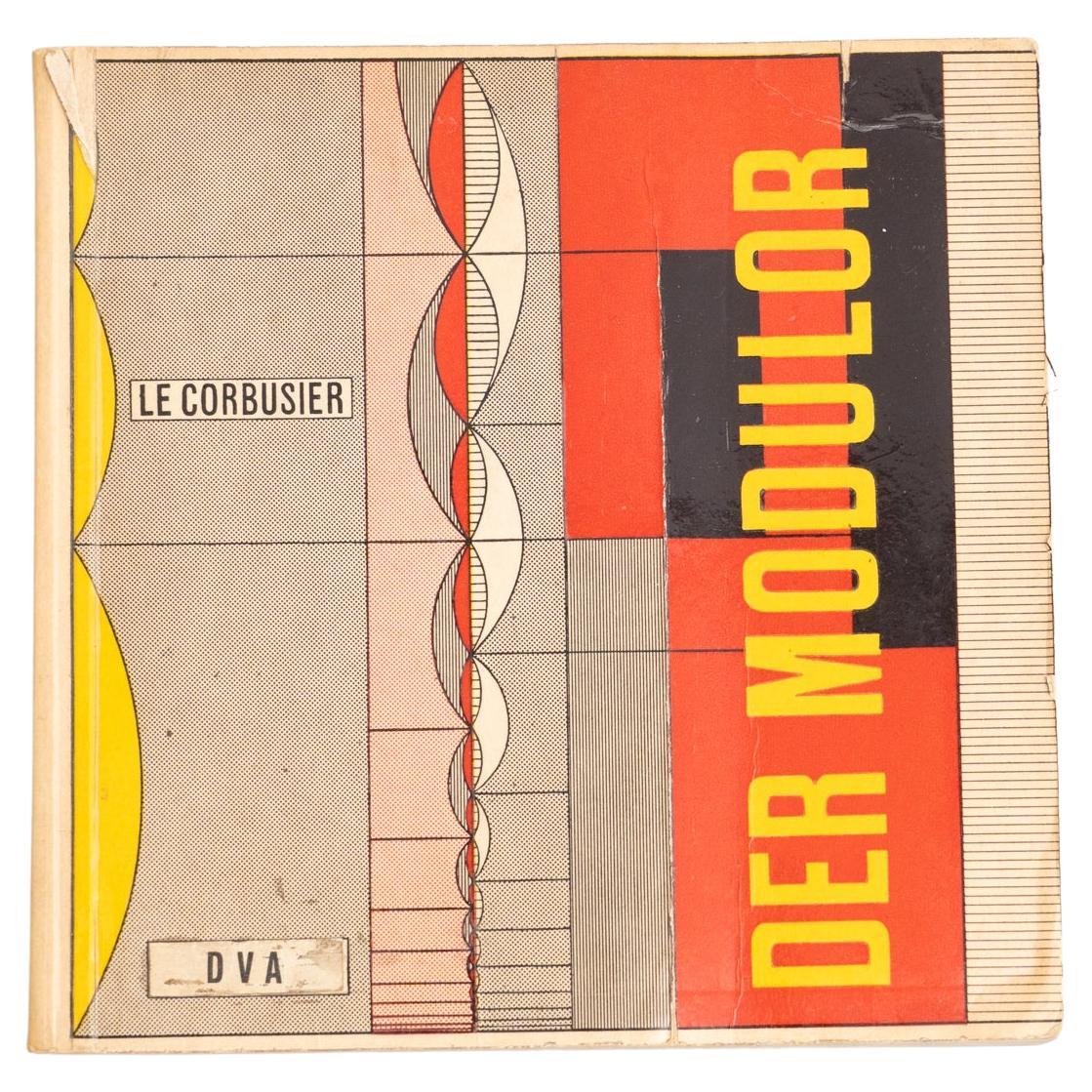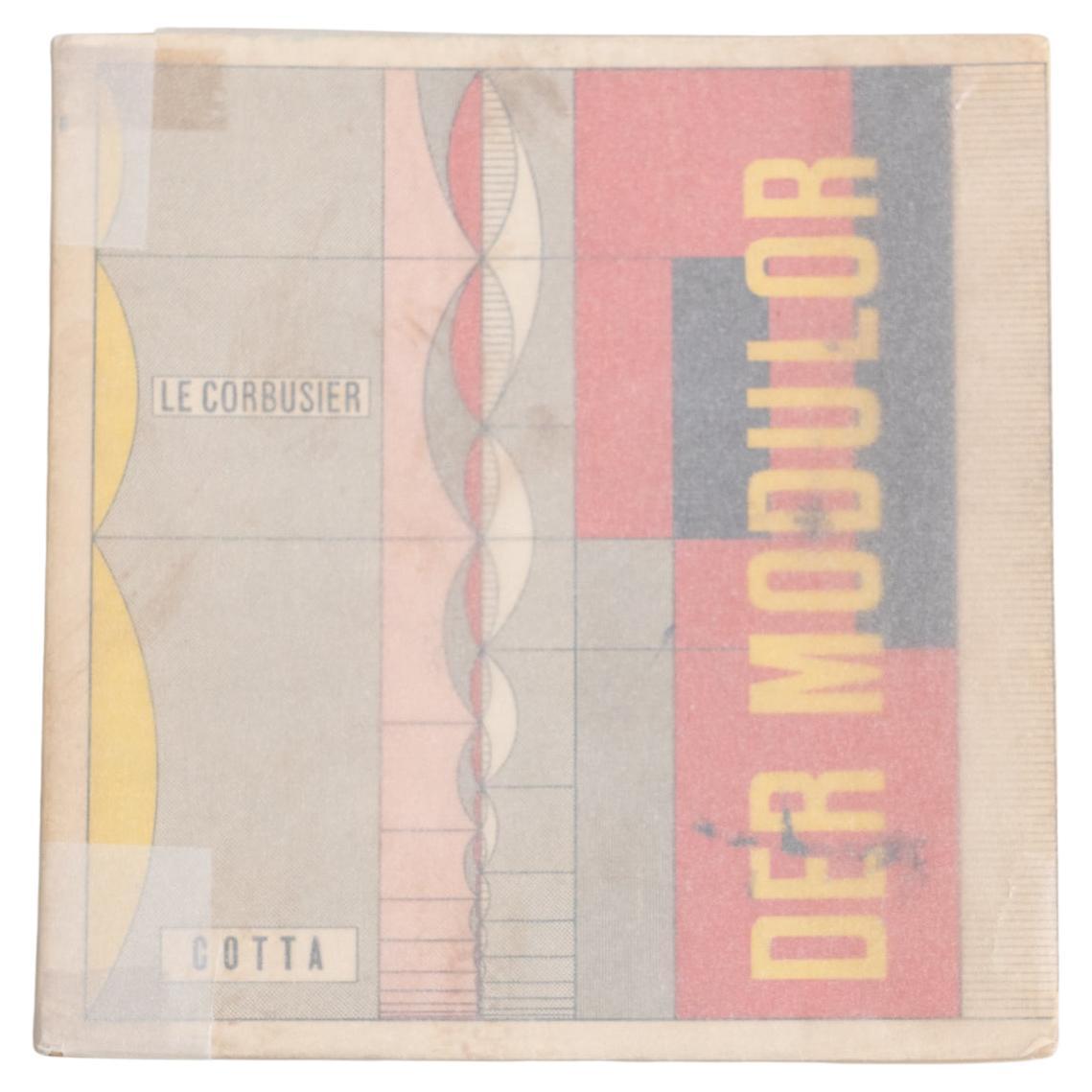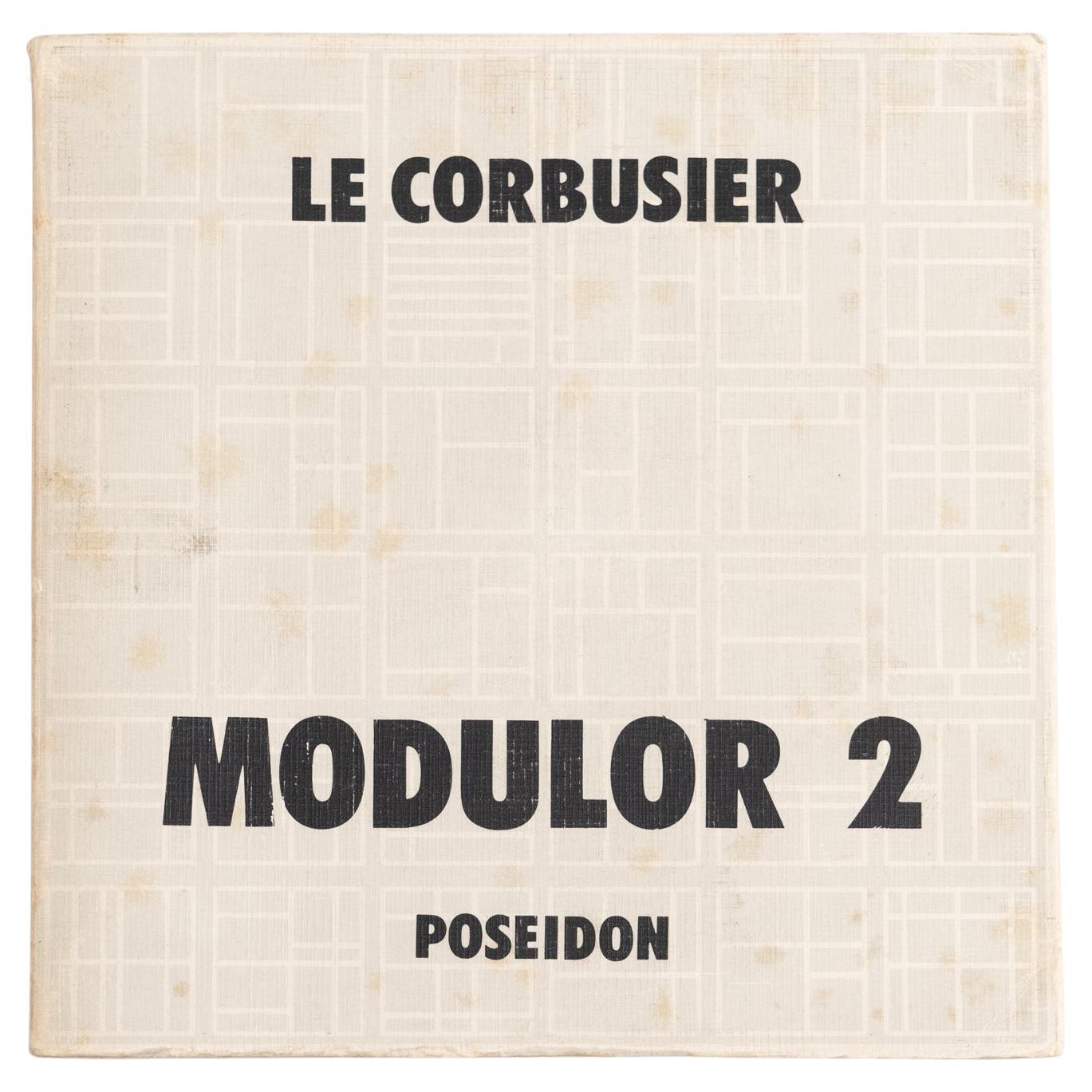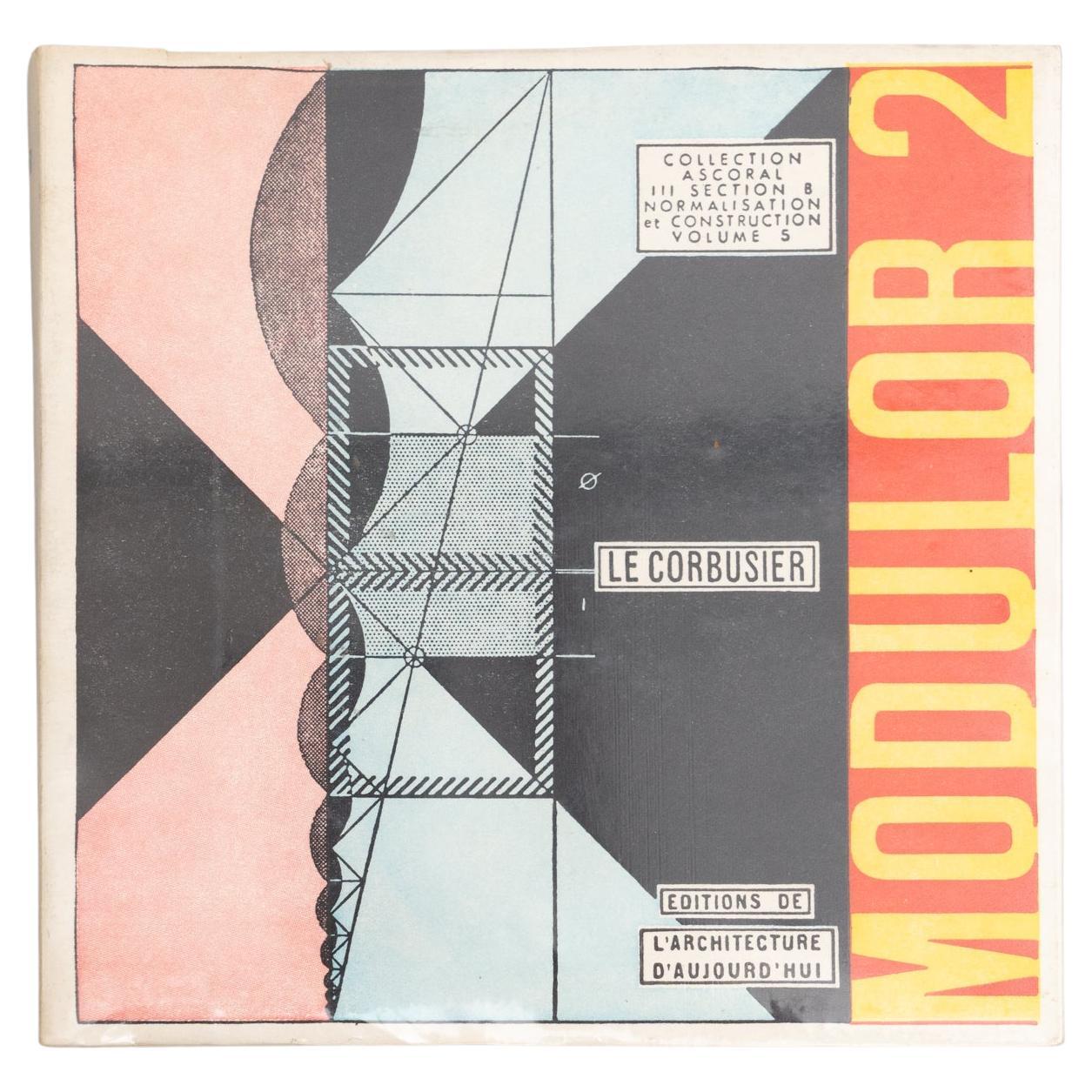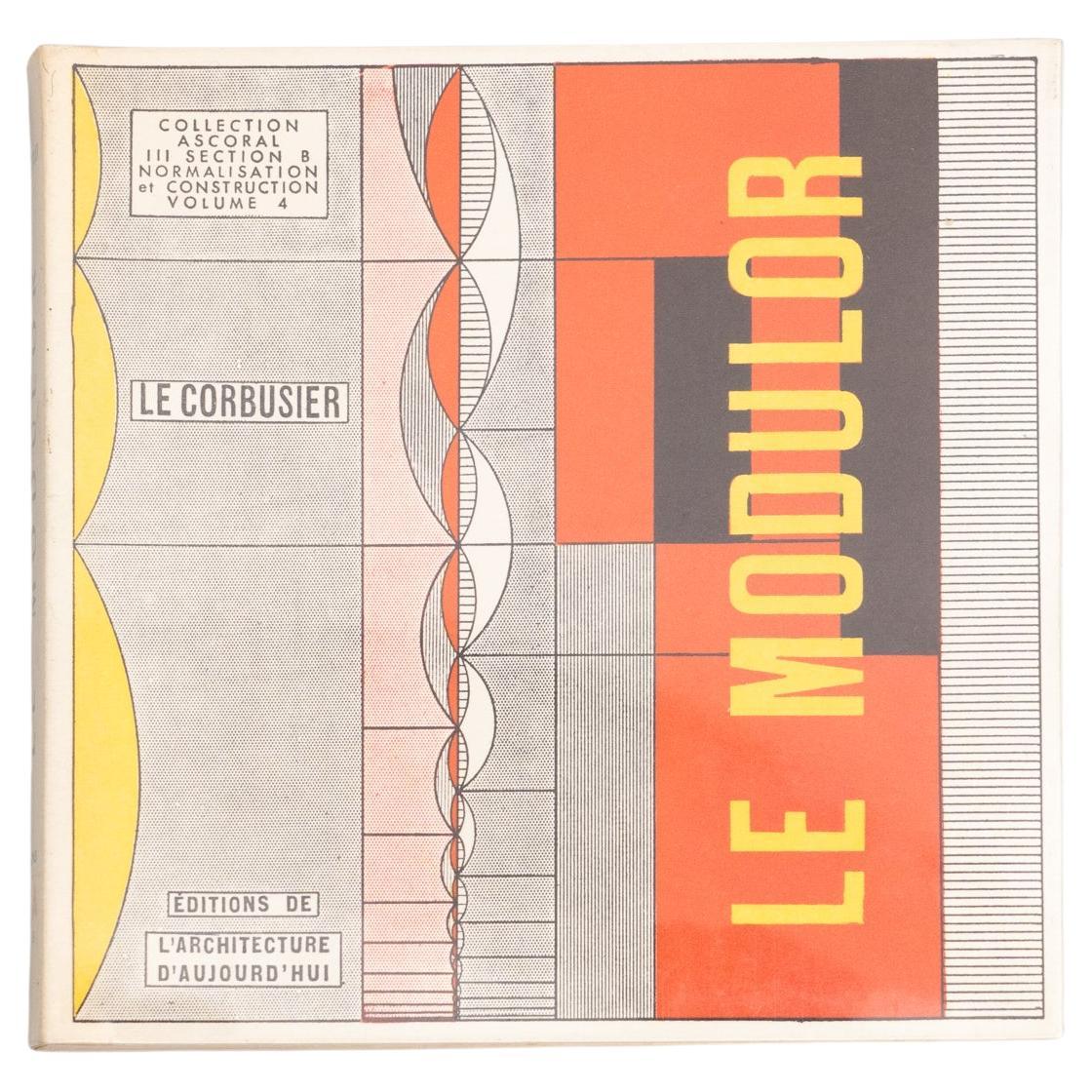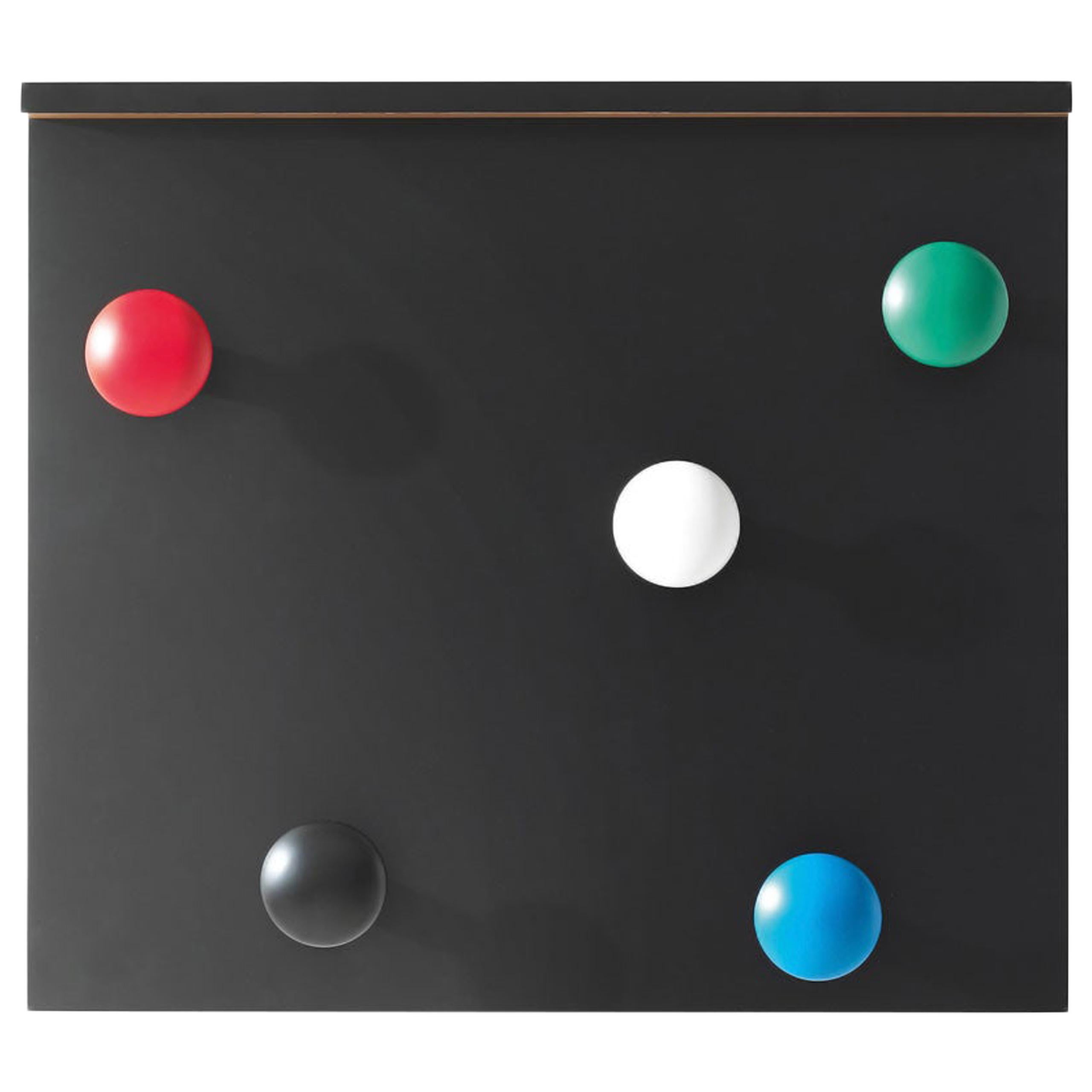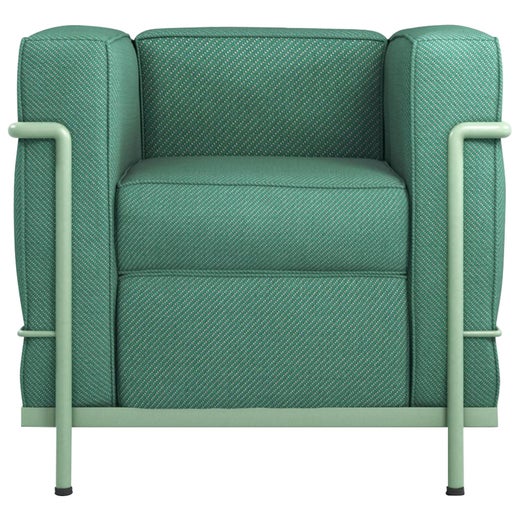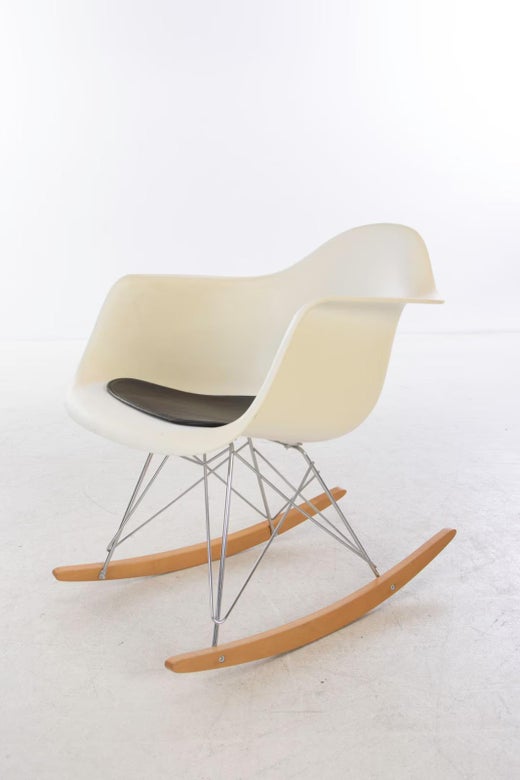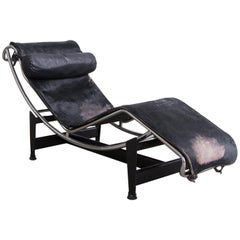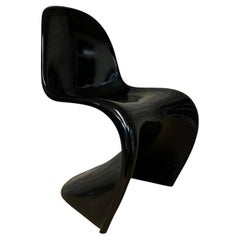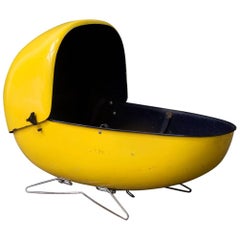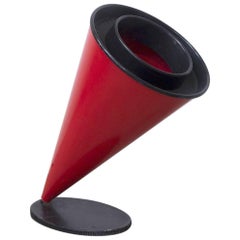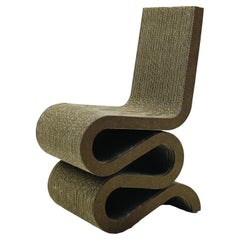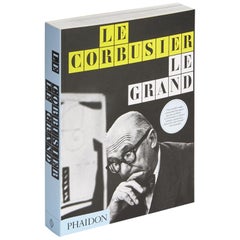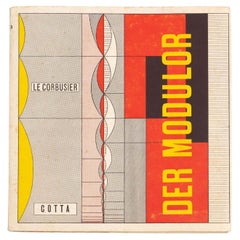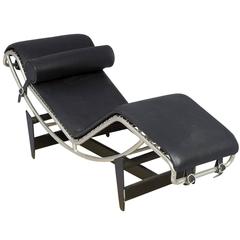
1928, Le Corbusier LC 4 Miniature by Vitra in Black Chrome
View Similar Items
1928, Le Corbusier LC 4 Miniature by Vitra in Black Chrome
About the Item
- Creator:Vitra (Manufacturer),Le Corbusier, Pierre Jeanneret, Charlotte Perriand Cassina (Designer)
- Dimensions:Height: 4.34 in (11 cm)Width: 3.75 in (9.5 cm)Depth: 10.63 in (27 cm)
- Style:Mid-Century Modern (Of the Period)
- Materials and Techniques:
- Place of Origin:
- Period:
- Date of Manufacture:circa 2000
- Condition:Wear consistent with age and use.
- Seller Location:Amsterdam IJMuiden, NL
- Reference Number:1stDibs: LU205536397493
Le Corbusier, Pierre Jeanneret, Charlotte Perriand Cassina
The trio of Charlotte Perriand, Le Corbusier and Pierre Jeanneret is known for its widely acclaimed and influential modernist furniture designs.
In the early 1920s, Charles-Édouard Jeanneret, the revered Swiss-French architect known professionally as Le Corbusier, entered into collaboration with his cousin, Pierre Jeanneret, who shared his grand vision for egalitarian building projects and interior design. They later recruited the pioneering young female architect Charlotte Perriand to join their venture.
Perriand's installation Bar sous le toit (“bar under the roof”), a recreation of part of her own apartment shown at the 1927 Salon d’Automne in Paris, caught Le Corbusier's attention and prompted the cousins to recruit her to work at their architecture practice. She would be tasked with designing interiors and furniture. Such status was rare for a woman at the time — in fact, when Perriand sought work at Le Corbusier’s atelier mere months before the exhibition, he famously dismissed her with a sexist remark.
The collective called their shared project l’équipement d'intérieur de l’habitation (“the interior equipment of the house”), and they designed furniture that remains celebrated today. The LC series of armchairs, lounge chairs and sofas, for example, saw the designers working with tubular chrome steel and plush foam cushions upholstered in leather. Bereft of ornament and prized for its functionality, the series is currently manufactured by Cassina. The cohort's LC4 chaise lounge was displayed at the 1929 Salon d’Automne, and the spare but sculptural seat — as well as the group’s other furnishings — influenced the likes of Willy Rizzo as well as a range of other modernist designers and furniture innovators.
Reportedly owing to political differences, the trio’s collaboration ended in 1937. Le Corbusier and Pierre continued working together, primarily in architecture.
In the early 1950s, at the invitation of Indian Prime Minister Jawaharlal Nehru, Le Corbusier and his cousin collaborated on a building project in Chandigarh, India. While the Chandigarh project is most frequently associated with Le Corbusier, he didn’t actually move to India and instead monitored progress during visits to the region. Pierre, however, was extensively involved. As the project’s first chief architect, Pierre remained onsite to oversee implementation of design and to coordinate construction of schools, government housing, shopping centers and more.
In 1940, Charlotte Perriand moved to Japan after France fell to Nazi forces. She was offered a position at the Japanese Ministry of Trade and Industry as a consultant on the country’s industrial arts. While there, Perriand adopted many Japanese artistic principles and incorporated them into her own revolutionary furniture designs. She would also closely collaborate with self-taught French furniture designer Jean Prouvé in the years that followed.
Time has shown that some of the works attributed to the Jeanneret cousins are either Perriand’s own designs or she was an uncredited contributor.
On 1stDibs, find an array of vintage Charlotte Perriand, Le Corbusier and Pierre Jeanneret furniture, including tables, storage cabinets and lighting.
Vitra
Design house Vitra has garnered international recognition for more than 70 years — the Swiss family-owned furniture company has outfitted public spaces as well as residential properties and offices worldwide. It has been a proponent of modernist design since the 1950s. While the brand is heralded for its collaborations with mid-century modern icons such as Verner Panton, Charles and Ray Eames, Alexander Girard and others, Vitra’s German campus is also home to buildings designed by legendary architects Zaha Hadid and Frank Gehry. Among them is the Vitra Design Museum, an independent cultural institution that displays two centuries of design today.
Vitra was established in Weil Am Rhein, Germany, in 1950 by husband and wife team Willi and Erika Fehlbaum. On a trip to New York several years later, Willi Fehlbaum encountered the work of design polymaths Ray and Charles Eames in a furniture store and immediately knew that he had found his bliss.
In 1957, Vitra entered into a licensing agreement with Herman Miller, which saw the company producing designs by George Nelson, the Eameses and others. Later, Vitra partnered with Verner Panton and created the Panton chair, which was the first chair ever crafted from a single piece of molded plastic (it was also the first piece to be independently developed by Vitra). After 27 years of establishing the Vitra brand, the Fehlbaums passed control to their two sons, Rolf and Raymond Fehlbaum.
When a fire destroyed the factory in 1981, the brothers developed the Vitra Factory Campus, subsequently taking the opportunity to redirect the architectural landscape of the company. They created a masterplan with Nicholas Grimshaw, and together they erected four buildings in just a few short years.
In 1988, with the passing of Ray Eames and the disbandment of the Los Angeles Eames office, Rolf and Raymond acquired the furniture design portion of her estate, including the Eames prototypes and experimental models, housed today in the Vitra Design Museum.
Rolf and Roy opened the Vitra Design Museum in 1989. This began a period rich with design relationships, including collaborations with Antonio Citterio, Jasper Morrison, Maarten van Severen, Philippe Starck, Alberto Meda and others.
In 2012, leadership passed to Nora, the third generation of the Fehlbaums. Nora Fehlbaum has, like her grandparents, expanded the company and brought it into the 21st century with the acquisition of Finnish furniture manufacturer Artek. Nora has turned the company’s focus to sustainability yet still maintains its international and cultural relevance legacy.
Find a collection of Vitra lounge chairs, tables, side chairs, sofas and other furniture on 1stDibs.
More From This Seller
View AllVintage 1920s Italian Mid-Century Modern Lounge Chairs
Metal, Chrome
Vintage 1960s German Mid-Century Modern Side Chairs
Fiberglass
Vintage 1960s French Mid-Century Modern Beds and Bed Frames
Fiberglass
Vintage 1980s Italian Mid-Century Modern Aviation Objects
Plastic
Vintage 1950s American Mid-Century Modern Armchairs
Aluminum
Vintage 1970s Italian Mid-Century Modern Children's Furniture
Metal
You May Also Like
Early 2000s German Mid-Century Modern Models and Miniatures
Wood
21st Century and Contemporary Asian Books
Paper
21st Century and Contemporary Chinese Books
Paper
Vintage 1970s French Mid-Century Modern Books
Paper
Vintage 1970s French Mid-Century Modern Books
Paper
Vintage 1970s French Mid-Century Modern Books
Paper
